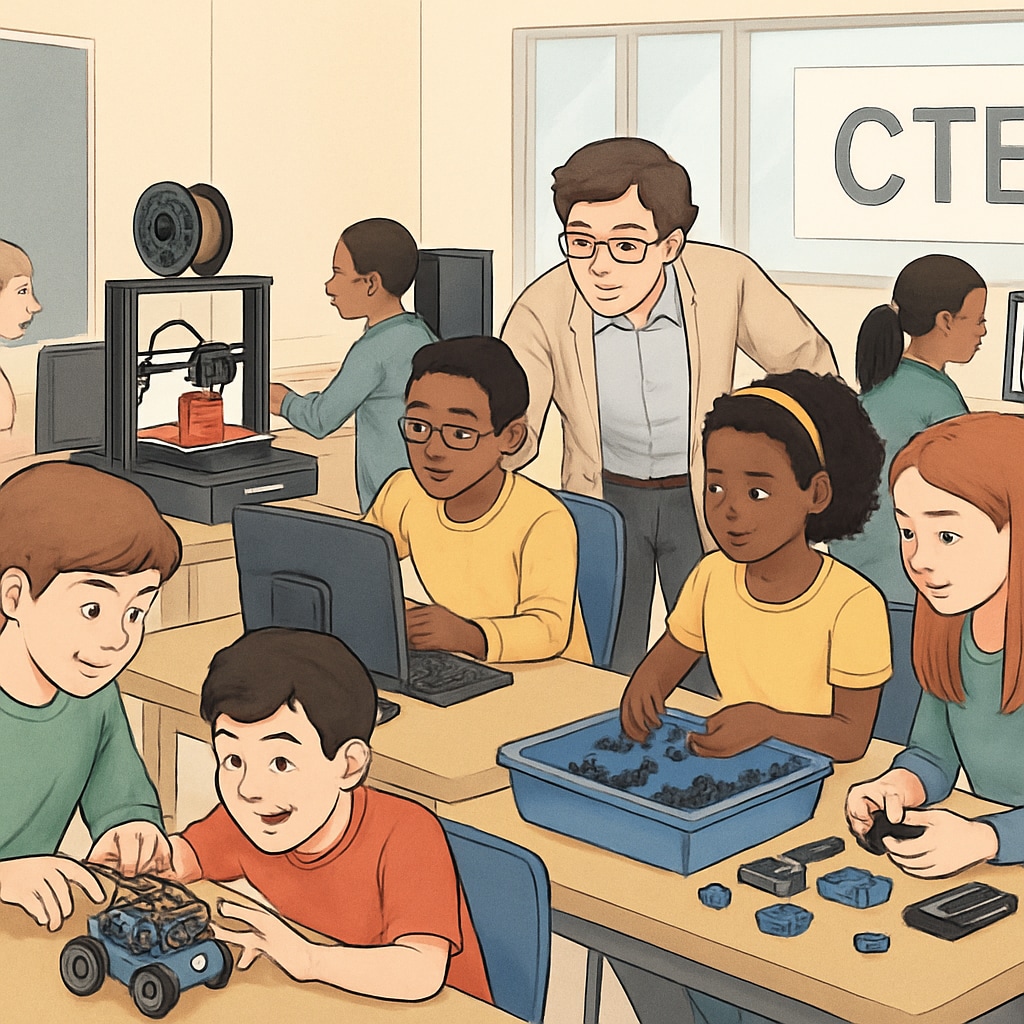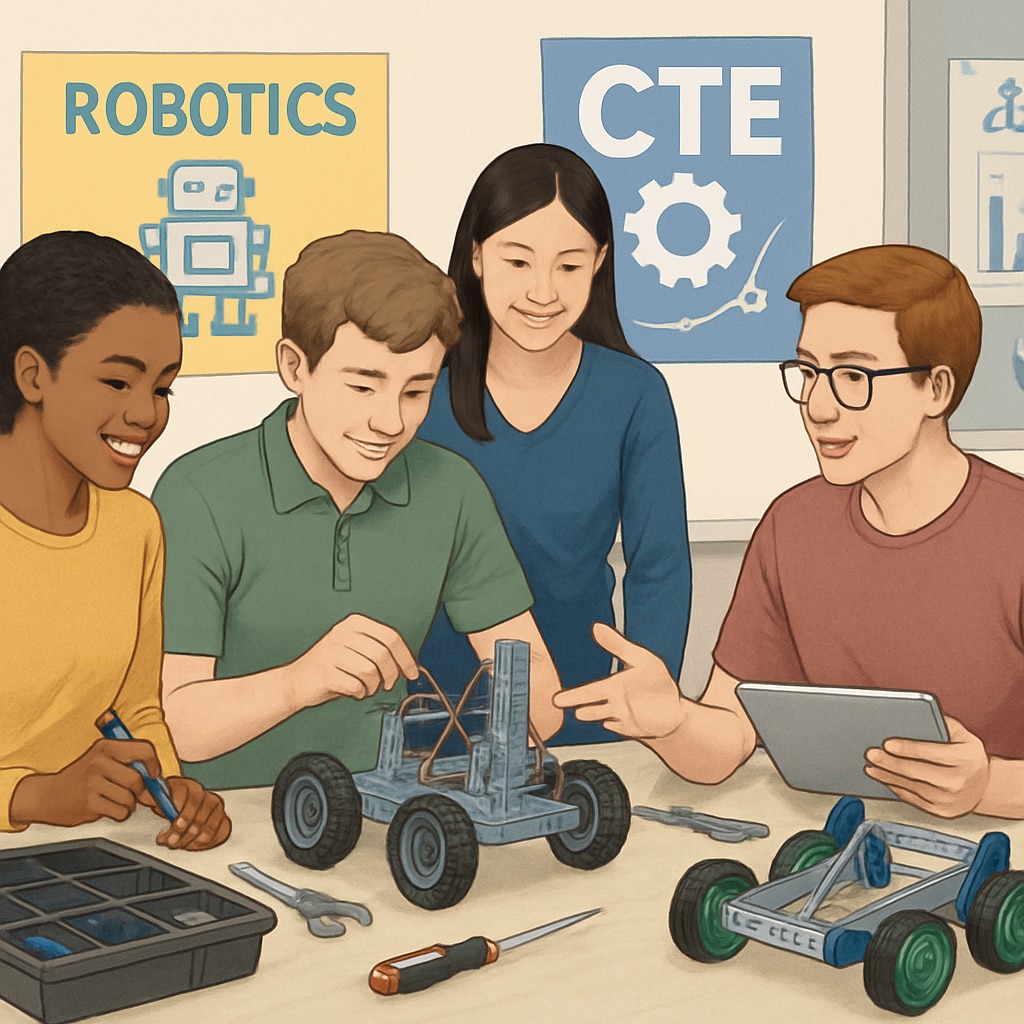In today’s rapidly evolving educational landscape, balancing Career Technical Education (CTE), traditional academics, and school district structures has become a pressing challenge for educators and administrators. As schools strive to prepare students for both higher education and workforce readiness, integrating these two approaches effectively is vital. This article explores the organization of CTE programs within school districts, examines the complexities of merging traditional curricula with technical skills training, and proposes strategies for creating a balanced, future-ready educational model.
Understanding the Role of Career Technical Education in K-12 Schools
Career Technical Education (CTE) offers students practical skills and knowledge aligned with real-world industries, ranging from healthcare and technology to manufacturing and business. While traditional academics focus on foundational subjects such as mathematics, science, and literature, CTE emphasizes applied learning and career-specific training. This dual focus provides students with a holistic education, enabling them to pursue college degrees or enter the workforce directly after graduation.
However, integrating CTE into K-12 curricula poses structural challenges. Districts must allocate funding, time, and resources to ensure that CTE programs complement, rather than compete with, academic subjects. For example, scheduling conflicts between traditional classes and CTE labs or workshops can hinder students from fully participating in both. To resolve such issues, some school districts have adopted hybrid models, combining core academics with technical electives.

Structural Approaches to Balancing CTE and Academics
School districts employ diverse strategies to integrate CTE and traditional academics. One common approach is the “academy model,” where schools are divided into specialized academies focusing on areas like STEM (Science, Technology, Engineering, and Mathematics), healthcare, or arts. Within these academies, students follow a curriculum that blends academic courses with industry-specific training. This model fosters interdisciplinary learning and helps students see the connections between their academic studies and career pathways.
Another approach involves partnerships with local businesses and community colleges. By collaborating with external organizations, schools can offer internships, apprenticeships, and dual-credit programs. These opportunities not only enhance the relevance of CTE but also enable students to earn college credits while still in high school.
Key considerations for district leaders include:
- Ensuring equitable access to CTE programs for all students, regardless of socioeconomic background
- Developing clear pathways that allow students to transition seamlessly between high school, college, and careers
- Providing professional development for teachers to effectively deliver both academic and technical content

Building a Cohesive Educational Model for the Future
To achieve a balanced educational structure, schools must embrace innovation and collaboration. A cohesive model integrates traditional academics and CTE into a unified curriculum, allowing students to develop both intellectual and practical competencies. For instance, project-based learning can serve as a bridge between academic theories and technical applications. A science class studying renewable energy could collaborate with a CTE program designing solar panels, creating a cross-disciplinary experience that benefits both groups.
Technology also plays a crucial role in this integration. Online platforms and virtual simulations enable students to explore technical skills while reinforcing academic concepts. Furthermore, data analytics tools can help schools track student progress, ensuring that both academic and technical goals are met.
As a result of these efforts, students graduate with a well-rounded education that prepares them for diverse career opportunities. By implementing such models, school districts can pave the way for a more adaptive and future-focused education system.
Conclusion
Balancing Career Technical Education, traditional academics, and school district structures is essential for creating a comprehensive educational system. By adopting innovative models and fostering collaboration among educators, administrators, and industry partners, schools can equip students with the skills and knowledge needed to thrive in a rapidly changing world. The future of education lies in integration, where academic excellence meets practical expertise.
For more information on CTE implementation strategies, visit Career and Technical Education on Britannica or explore Wikipedia’s page on Career Technical Education.


